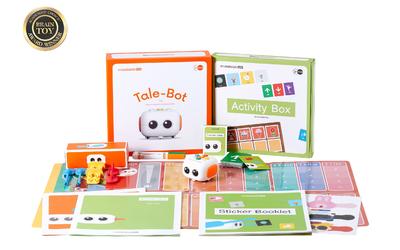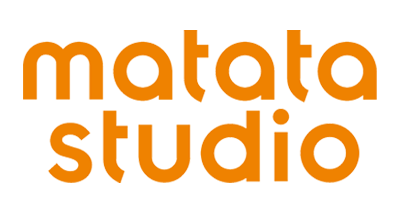
2024-01-02
In this rapidly developing digital age, programming has become an integral part of children's education. Recently, a new wave of programming toys - Hands-on Programming Software Toys (hereinafter referred to as VinciBot) has attracted widespread attention around the world. These toys not only attract children's attention with their innovativeness and interactivity, but also cultivate the next generation's logical thinking and problem-solving abilities in their unique way.

The design concept of VinciBot is to combine physical toys with software programming, allowing children to learn basic programming concepts while playing. Different from traditional learning methods, VinciBot provides an intuitive and interesting learning platform, allowing children to control virtual objects in the software by operating physical toys and experience the charm of programming.
The core of these toys is their interactivity, and they often include sensors, motors, and interfaces to a computer or tablet. Children can manipulate toys through splicing, combination and programming to control characters or models in the software. This intuitive physical manipulation provides a concrete learning environment for children to learn abstract programming concepts in practice.
For example, a popular toy "programming robot" from Hands-on Programming Software Toys is a typical representative. The robot is equipped with a variety of sensors and programmable buttons, and children can program the robot to perform specific tasks, such as running a maze or carrying simple items. In this process, children not only learn the basic structure of programming languages, but also develop spatial perception and logical reasoning abilities.
Another toy, "Magic Building Blocks," focuses more on cultivating programming logic. The blocks can be controlled through special programming cards, and children need to arrange the cards in a logical sequence to complete challenging tasks. This method teaches children how to solve problems through sequence and conditional judgment, while also exercising their planning and organizational skills.
The emergence of Hands-on Programming Software Toys is not only an innovation in the toy industry, but also a breakthrough in the education field. They break the limitations of traditional education models and allow children to naturally master programming knowledge through games. This learning method is more in line with children's nature and cognitive development rules, making programming education more vivid and efficient.
Education experts point out that the promotion of VinciBot helps cultivate children's innovative thinking and technical skills. These skills will become extremely important in the society of the future. Through these toys, children can not only adapt to future technological trends, but also develop the ability to solve complex problems while having fun.
However, VinciBot also faces some challenges. One of the biggest challenges is ensuring that all children have access to these resources. At present, the price of these programming toys is relatively high, which may limit the use of children in some families. In addition, educators also need corresponding training to better guide children to use these toys for learning.
Nonetheless, VinciBot's potential cannot be ignored. As technology improves and costs decrease, these toys are expected to become more popular. In the future, VinciBot may become a common educational tool in families and schools, helping children grow up happily and become capable citizens of the digital age.
In short, Hands-on Programming Software Toys are changing the face of children's programming education with their unique interactivity and educational value. They provide children with an entertaining and educational learning environment by combining physical toys with software programming. Despite challenges such as popularity and cost, VinciBot’s future is still full of endless possibilities. As these toys develop further, we have reason to believe they will play an important role in educating the creators and innovators of tomorrow.

 日本語
日本語

